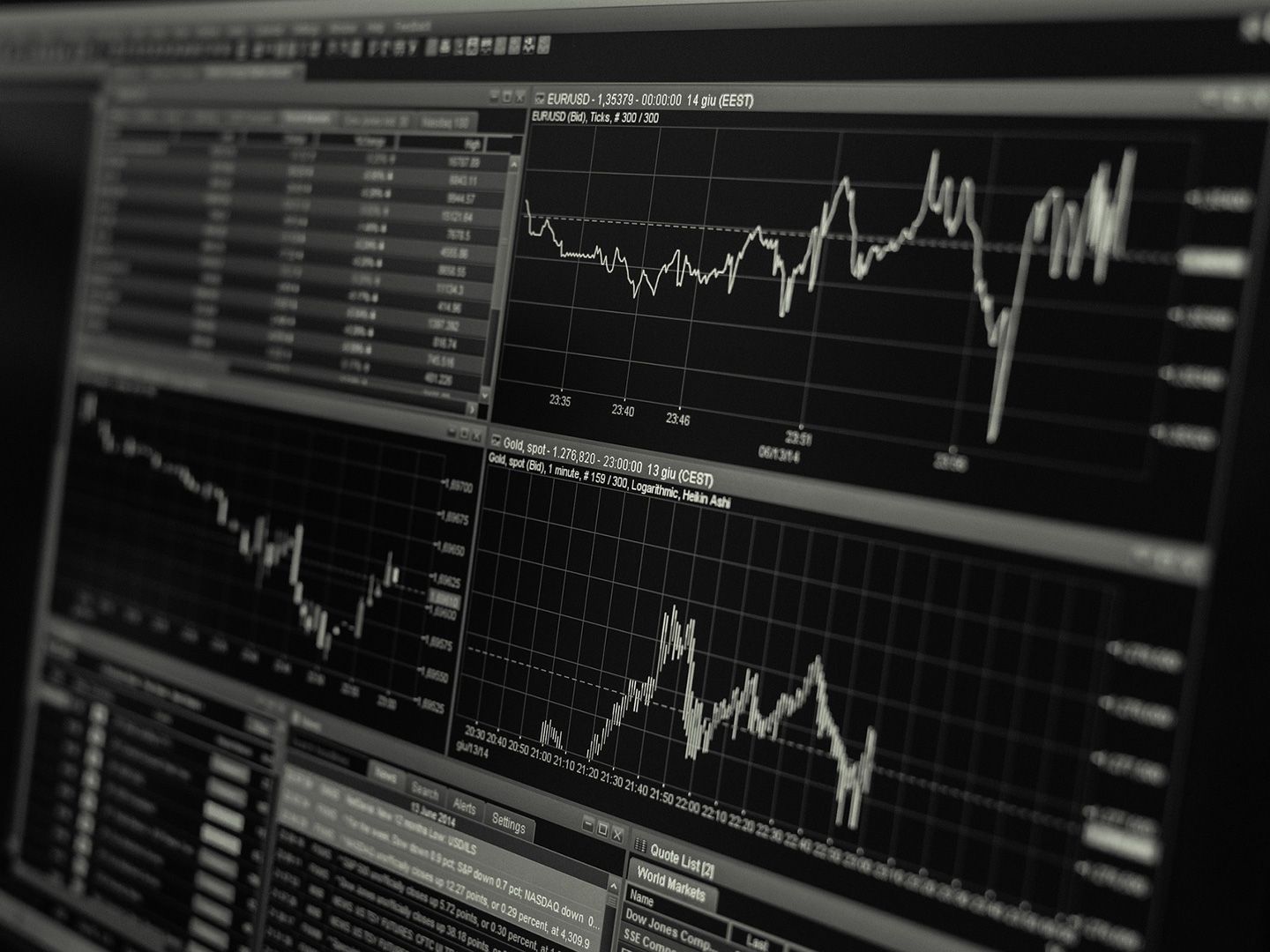Bitcoin Struggles as Hang Seng Cheers U.S.-China Trade Talks; U.S. Inflation Eyed
0
0

Major cryptocurrencies showed little bullish momentum Monday, even as hopes for the U.S.-China trade talks lifted Asian stocks.
Bitcoin BTC, the leading cryptocurrency by market value, traded flat-to-negative near $105,650, having carved out a doji candle, a sign of indecision, on Sunday, according to data source TradingView.
Data from Blockchain.com showed a marked slowdown in network activity, with the seven-day moving average of daily on-chain transactions falling to 315.48K, the lowest in at least a year.
Payments-focused cryptocurrency XRP struggled to gather upside traction despite topping a bearish trendline from the mid-May highs. The cryptocurrency changed hands at $2.24 at press time, down over 1% on the day (UTC). Volatility may increase this week as the XRP Ledger's APEX 2025 conference kicks off in Singapore.
Meme cryptocurrency DOGE traded nearly 2% lower, closing in on 18 cents, having failed to establish a foothold above the 100-day simple moving average (SMA) over the weekend.
Hang Seng tops 24K
Hong Kong's Hang Seng index rose 1.3%, topping the 24,000 mark for the first time since March 24, according to data source TradingView. The move came in response to the optimism about the U.S.-China trade talks this week.
"Optimism is as high as it's been since Trump's election as top trade deputies will meet in London starting on Monday. There are indications that talks will go all week and Trump himself is optimistic," ForexLive's Chief Currency Analyst Adam Button said in a blog post.
"The meeting should go very well," President Donald Trump said on Truth Social Friday, announcing the new round of trade talks in London.
Other Asian indices, such as South Korea's KOSPI and China's Shanghai Composite, also gained ground despite the deepening consumer and factory gate deflation in China.
China's deflation worsens
China's consumer prices fell 0.1% year-over-year in May, according to data from the National Bureau of Statistics released on Monday. The CPI first turned negative in February.
Meanwhile, the producer price index, or factory gate prices, fell 3.3% year-over-year in May, registering a sharper decline than the 3.2% drop analysts had expected. Factory gate prices have been in deflation since October 2022.
According to Robin Brooks, senior fellow in the Global Economy and Development program at the Brookings Institution, the U.S. tariffs are generating a deflationary shock for major exporters like China.
"China's producer price inflation for consumer goods is down to its lowest level since the 2008 crisis. U.S. tariffs will now push China into full-on deflation. All necessary conditions for deflation are there: weak consumption and a debt overhang. U.S. tariffs are now the catalyst...," Brooks said on X.
The worsening deflation could prompt China to stimulate domestic demand with further liquidity easing.
China’s central bank in May cut the key interest rates by 10 basis points to a historic low while reducing the reserve requirement ratio, releasing liquidity into the market. Last week, the state-run China Securities Journal reported that the People's Bank of China may lower the reserve requirement ratio further later this year to support growth and restart government bond trading.
More Chinese stimulus could bode well for financial markets, including cryptocurrencies.
Focus on U.S. CPI
The U.S. consumer price index for May due Wednesday will be scrutinized by markets for clues that Trump's tariffs are adding to price pressures in the economy.
The headline CPI is seen matching April's pace of 0.2% month-on-month growth, equating to an annualized 2.5% rise versus April's 2.3% increase, according to FXStreet. Meawhile, the core inflation, which excludes the volatile food and energy component, is forecast to have ticked higher to 2.9% in May from 2.8% in April.
Economists at Barclays expect the data to show first signs of tariffs-related price increases across wide range of core goods.
A hotter-than-expected print could dent Fed rate cuts, potentially injecting downside volatility in financial markets.
0
0
 Manage all your crypto, NFT and DeFi from one place
Manage all your crypto, NFT and DeFi from one placeSecurely connect the portfolio you’re using to start.






